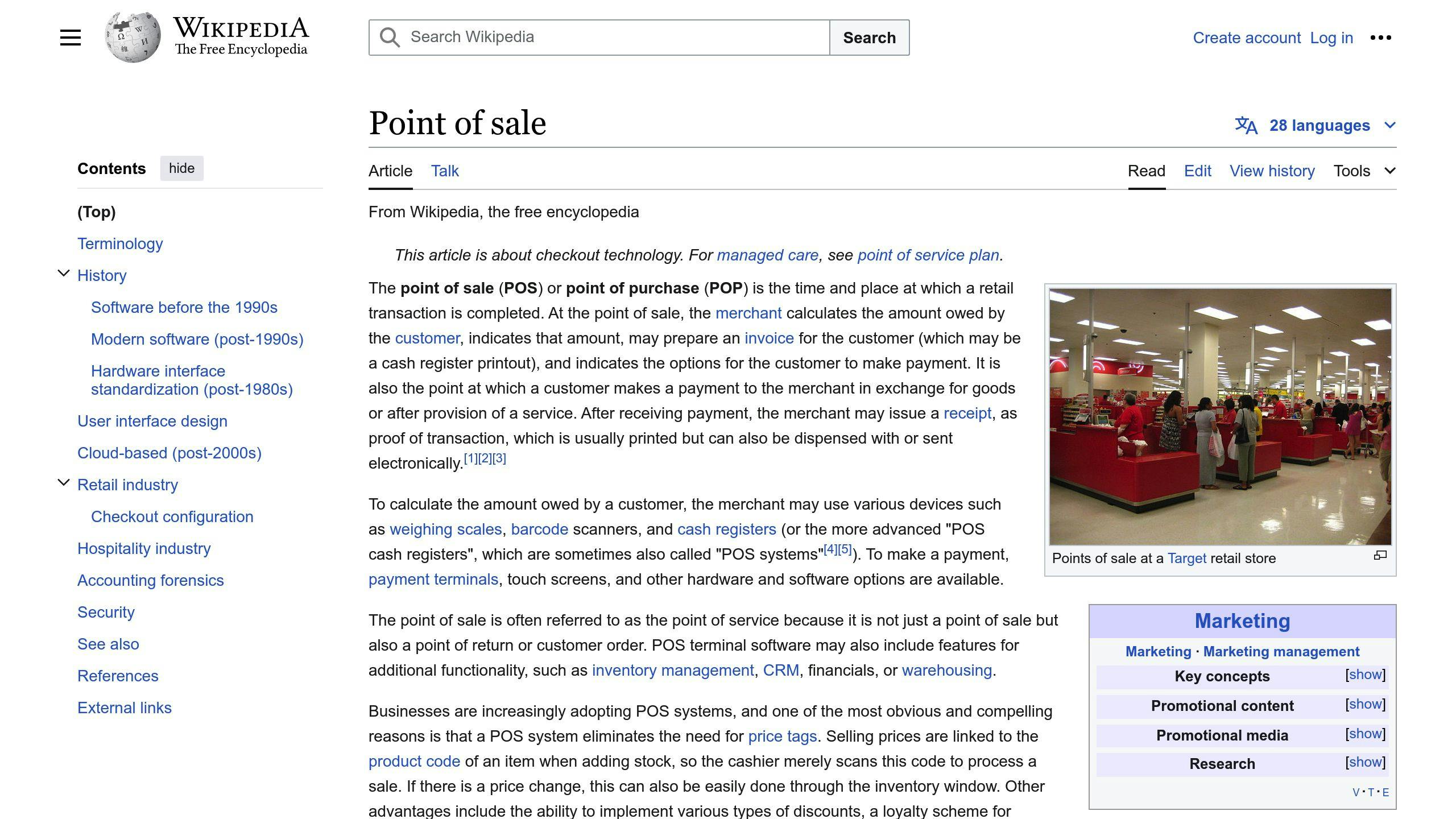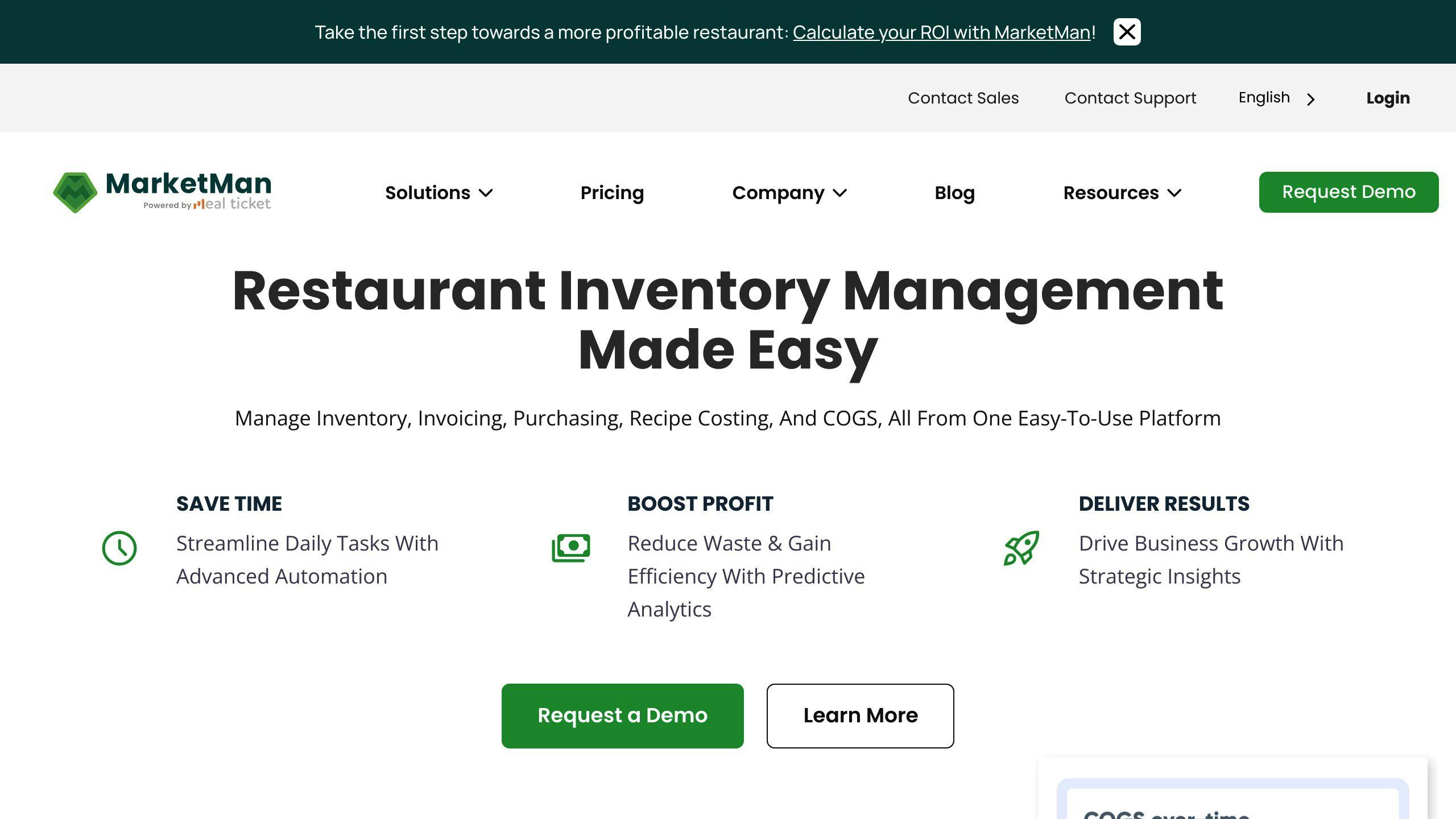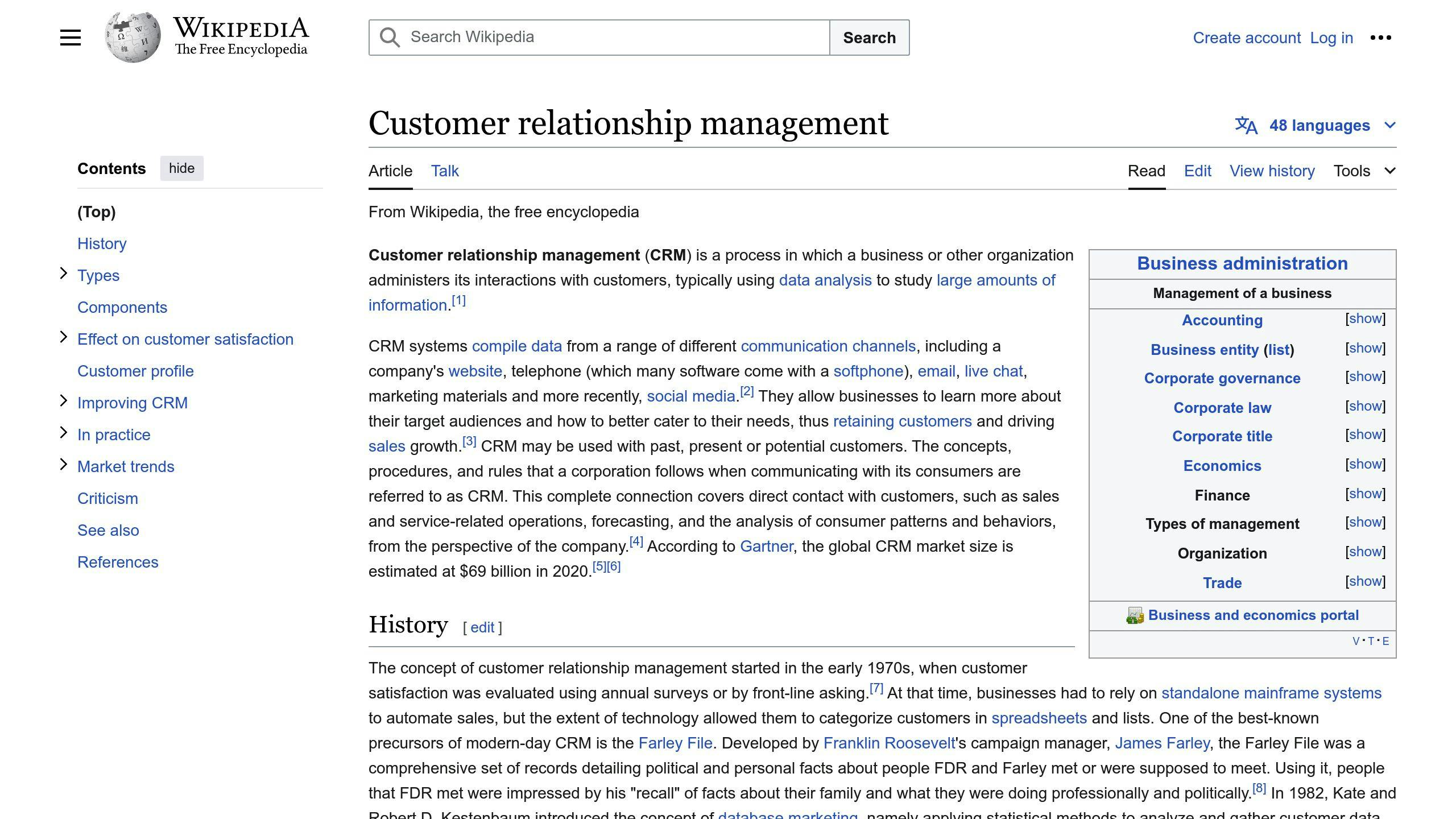May 26, 2024

Fast casual restaurants need to streamline operations to provide quick service, boost efficiency, and build customer loyalty. By integrating these key technologies, restaurants can create a smooth, efficient workflow:
Kitchen Display System (KDS)
Online Ordering and Delivery Integration
Customer Relationship Management (CRM) System
TechnologyWhat It DoesMain BenefitsPoint-of-Sale (POS) SystemHandles orders, tracks inventory, processes paymentsFaster service, fewer mistakes, smoother workflowKitchen Display System (KDS)Shows orders on a screen for kitchen staffQuicker order prep, less confusion, better coordinationOnline Ordering and Delivery IntegrationAllows customers to order online for pickup or deliveryMore sales, wider customer reach, easier delivery managementInventory Management SoftwareTracks stock levels, automates orderingPrevents waste, ensures menu availability, optimizes orderingCustomer Relationship Management (CRM) SystemStores customer data, order history, preferencesPersonalized service, targeted promotions, increased loyalty
These technologies automate tasks, reduce manual labor, and provide real-time insights into customer behavior and preferences. This integration enables data-driven decisions, reduces errors, and improves customer satisfaction, allowing restaurants to focus on delivering high-quality food and exceptional service.

A POS system is the core of a fast casual restaurant's operations. Choose one that simplifies order handling, connects with other tools, and provides real-time updates.
A good POS should:
Integrating the POS with other systems like:
Enables seamless communication, reducing manual errors and boosting productivity.
Real-time data on:
Allows restaurants to respond rapidly to demand changes and optimize operations.
POS System BenefitsStreamlined OrdersFaster service, fewer mistakesSystem IntegrationSeamless communication, increased efficiencyReal-time InsightsAdapt quickly to changing conditions, optimize operations
With the right POS, restaurants can serve customers faster, reduce labor costs, and improve the overall dining experience.
A Kitchen Display System (KDS) helps fast casual restaurants run their kitchens smoothly and serve customers quickly.
A KDS shows orders on a digital screen in the kitchen. This way, kitchen staff can see orders as they come in, without mistakes from handwritten tickets. Orders can be sent to specific stations, so everyone knows what to work on.
The KDS connects with the restaurant's POS system, online ordering, and inventory tracking. This allows orders to flow seamlessly between systems, reducing errors and saving time.
With a KDS, kitchen staff can see the status of each order in real-time. They know when an order is ready to start, what's in progress, and what's done. This helps keep things moving and get food out faster.
By keeping the kitchen organized and orders flowing, a KDS helps restaurants:
KDS BenefitsAccurate OrdersNo more messy handwritten ticketsConnected SystemsSeamless order flow, fewer errorsReal-time TrackingKnow what to work on nextEfficient KitchenFaster service, lower costs
Fast casual restaurants can streamline operations by integrating online ordering and delivery systems. This allows customers to order from home, reducing wait times and increasing convenience.
Online ordering systems enable efficient order handling:
Integrating online ordering with delivery enables a seamless customer experience:
Online ordering provides real-time updates:
By integrating online ordering and delivery:
Online Ordering and Delivery BenefitsEfficient Order HandlingReduce errors and wait timesSeamless Customer ExperienceReal-time order tracking and updatesAutomated Inventory ManagementPrevent ordering out-of-stock itemsIncreased Operational EfficiencyLower labor costs, higher productivity

Inventory management software helps fast casual restaurants track stock levels, monitor inventory movements, and automate ordering processes. This software streamlines operations and boosts profits.
This software provides real-time inventory tracking, allowing restaurants to:
Inventory management software integrates with other systems, such as:
Real-time updates on inventory levels enable restaurants to:
By implementing this software, fast casual restaurants can:
BenefitDescriptionReduce Labor CostsImprove productivity with automated processesImprove Inventory AccuracyReduce stockouts and wasteIncrease ProfitabilityOptimize inventory levels and minimize waste

A Customer Relationship Management (CRM) system helps fast casual restaurants manage customer interactions, build loyalty, and boost revenue. By storing customer data in one place, restaurants can offer personalized service, identify opportunities for additional sales, and improve customer retention.
A restaurant CRM system connects with other key technologies like:
This connection gives restaurants a complete customer profile, including contact details, order history, and preferences. With this data, restaurants can create targeted marketing campaigns, offer personalized promotions, and improve customer satisfaction.
Real-time updates on customer interactions and orders allow restaurants to make informed decisions about:
By analyzing customer data, restaurants can identify trends, preferences, and issues, and make data-driven decisions to improve efficiency and customer satisfaction.
By using a CRM system, fast casual restaurants can streamline operations, reduce labor costs, and increase profits. With automated processes and real-time updates, restaurants can focus on providing excellent customer experiences, building customer loyalty, and driving revenue growth.
BenefitDescriptionImproved Customer LoyaltyPersonalized service and targeted promotionsIncreased RevenueOpportunities for additional salesStreamlined OperationsAutomated processes and real-time updatesBetter Decision MakingData-driven insights and analysis
Here's a table comparing the key technologies that help streamline fast casual restaurant operations:
TechnologyWhat It DoesMain BenefitsPoint-of-Sale (POS) SystemHandles orders, tracks inventory, processes paymentsFaster service, fewer mistakes, smoother workflowKitchen Display System (KDS)Shows orders on a screen for kitchen staffQuicker order prep, less confusion, better coordinationOnline Ordering and Delivery IntegrationAllows customers to order online for pickup or deliveryMore sales, wider customer reach, easier delivery managementInventory Management SoftwareTracks stock levels, automates orderingPrevents waste, ensures menu items are in stock, optimizes orderingCustomer Relationship Management (CRM) SystemStores customer data, order history, preferencesPersonalized service, targeted promotions, increased loyalty
This table gives you a quick overview of each key technology and how it can help streamline operations in your fast casual restaurant. By understanding their main functions and advantages, you can decide which solutions best fit your needs for improving efficiency, service, and profitability.
Fast casual restaurants need to streamline operations to provide quick service, boost efficiency, and build customer loyalty. By integrating key technologies like:
Restaurants can create a smooth, efficient workflow. This integration enables data-driven decisions, reduces errors, and improves customer satisfaction.
These technologies automate tasks, reduce manual labor, and provide real-time insights into customer behavior and preferences. This allows restaurants to focus on delivering high-quality food and exceptional service. By embracing these technologies, fast casual restaurants can stay ahead of competitors, drive growth, and build a loyal customer base.
Key Benefits of Streamlining OperationsFaster service, fewer mistakesQuicker order prep, less confusionMore sales, wider customer reachPrevent waste, ensure menu availabilityPersonalized service, targeted promotions

Enter your information in the form to receive a call from Loman and place an order like a customer would!